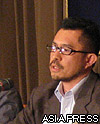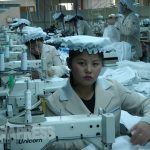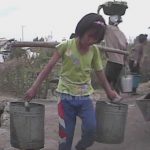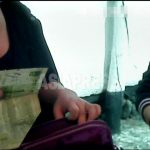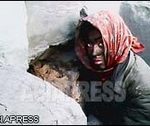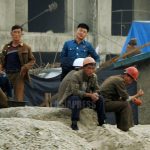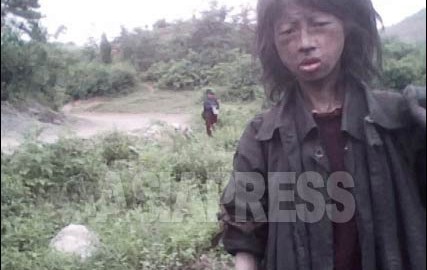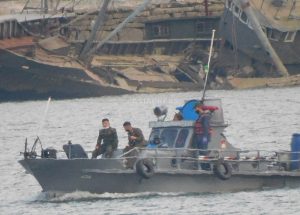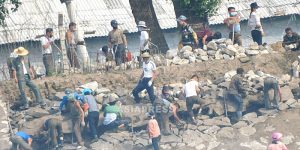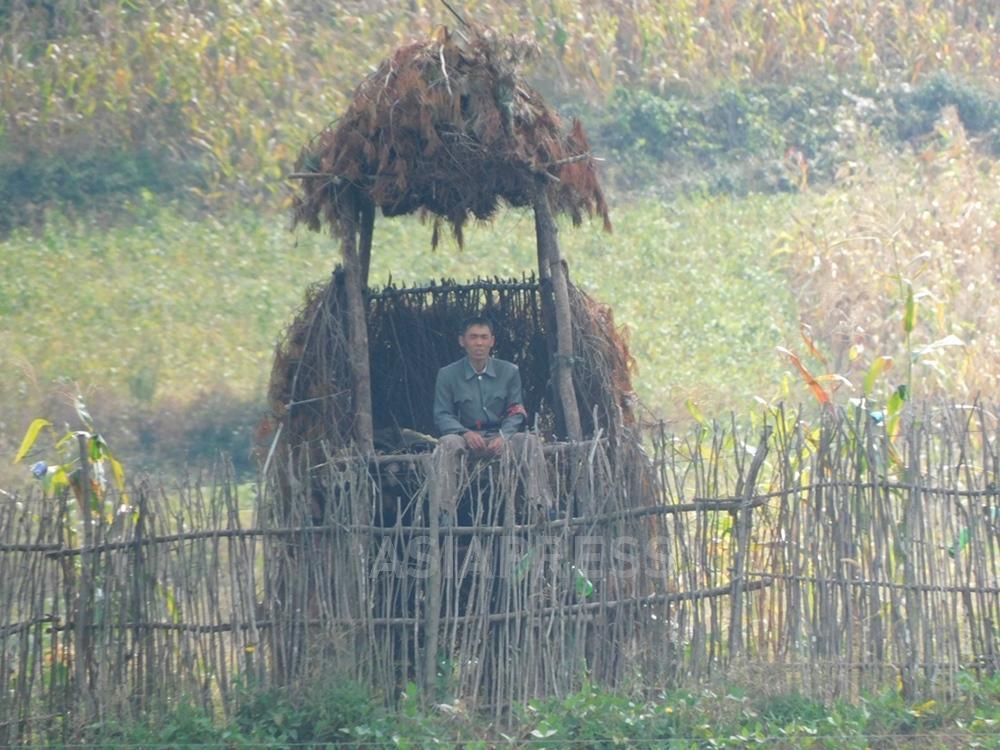
North Korea experienced a severe humanitarian crisis from early spring to September last year, with many deaths due to starvation and disease, particularly among urban residents in provincial areas. However, this year, the situation is said to be improving as the government’s relief measures for vulnerable groups are taking effect. (ISHIMARU Jiro / KANG Ji-won)
◆ Criticism of top North Hamgyong Province party official for causing famine
Since the spring of 2023, information on the spread of hunger has been continuously reported by reporting partners living in the northern regions of North Pyongan Province, Ryanggang Province and North Hamgyong Province. As the Kim Jong-un regime tightened regulations on private economic activities such as business, urban residents in particular lost significant cash income, worsening their living conditions. Many lives were lost among vulnerable groups, including the elderly, households with sick members, and single-parent families.
In some provincial cities, the situation deteriorated to the point of famine. In late June last year, the Kim Jong-un regime strongly criticized a Workers' Party official in North Hamgyong Province for causing a serious crisis. A reporting partner in North Hamgyong Province who is a party member explained the situation as follows:
"When I attended a meeting for party members, I heard that the top officials of the North Hamgyong Province chapter of the Workers' Party were ordered to submit self-criticism reports. At the meeting they were also severely criticized for “not fulfilling their roles as provincial and city party officials, being too preoccupied with maintaining their positions, not properly dealing with the chaos in people's lives, and just sitting idly by without taking any action, which has led to various social problems.”
The northern region had a good potato harvest, so the crisis in various areas temporarily eased from September, when the harvest began.
Regarding the humanitarian crisis in 2023, ASIAPRESS has not received any reliable information about the situation in Pyongyang or the breadbasket region of the two Hwanghae provinces.
◆ Authorities survey starving families and distribute corn
A reporting partner in Ryanggang Province recalls the situation in early spring: "With the fear of starvation from last year still fresh in their minds, many people were worried about how they would survive from around March to the fall of this year. When the elderly gathered daily at a district office in downtown Hyesan to demand food, a riot broke out at the end of March and the police were called in to disperse them. After that, the people’s committee (local government), under party orders, conducted a thorough survey of "food-short households."
※ "Food-short households" refers to families who have run out of both food and money.
In Ryanggang Province and North Hamgyong Province, where ASIAPRESS conducted its investigation, the authorities checked the living conditions of all households through the inminban system. Workplace managers visited homes where people couldn't come to work because of malnutrition. Households without food were given free maize, albeit in small quantities of a few kilograms each.
"Since everyone was struggling, there were many complaints that it was unfair to distribute corn only to 'food-insecure households,' but the number of people dying of starvation dropped significantly," said the Ryanggang Province reporting partner.
※ Inminban: The lowest administrative unit in North Korea. Each unit consists of about 20-30 households.
◆ Farmers also catch a break due to good barley harvest - "No starvation deaths this year"
The period between the consumption of the entire harvest distribution of the previous fall and the corn harvest in September is called the "barley hump." Even in rural areas where food is produced, there are peasants who can't go to work in the collective farms because of malnutrition every year during the "barley hump" period.
The state also took measures for rural areas before the start of the agricultural season. Another reporting partner surveyed Farm A in North Hamgyong Province in April. Six months later, after the fall harvest, Chinese white rice was lent to "households without food supplies" on the condition that they repay it with 30% interest.
In addition, when Farm A was surveyed in early July, "the harvest of barley, which is a double crop, was good, so it was distributed free of charge to households without food. There are no starving people on Farm A this year," the reporting partner said.
While many people are still struggling with economic hardship, the number of people dying from hunger and disease in mid-July, at least in the northern regions, was significantly lower than last year.
※ ASIAPRESS communicates with its reporting partners through Chinese cell phones smuggled into North Korea.
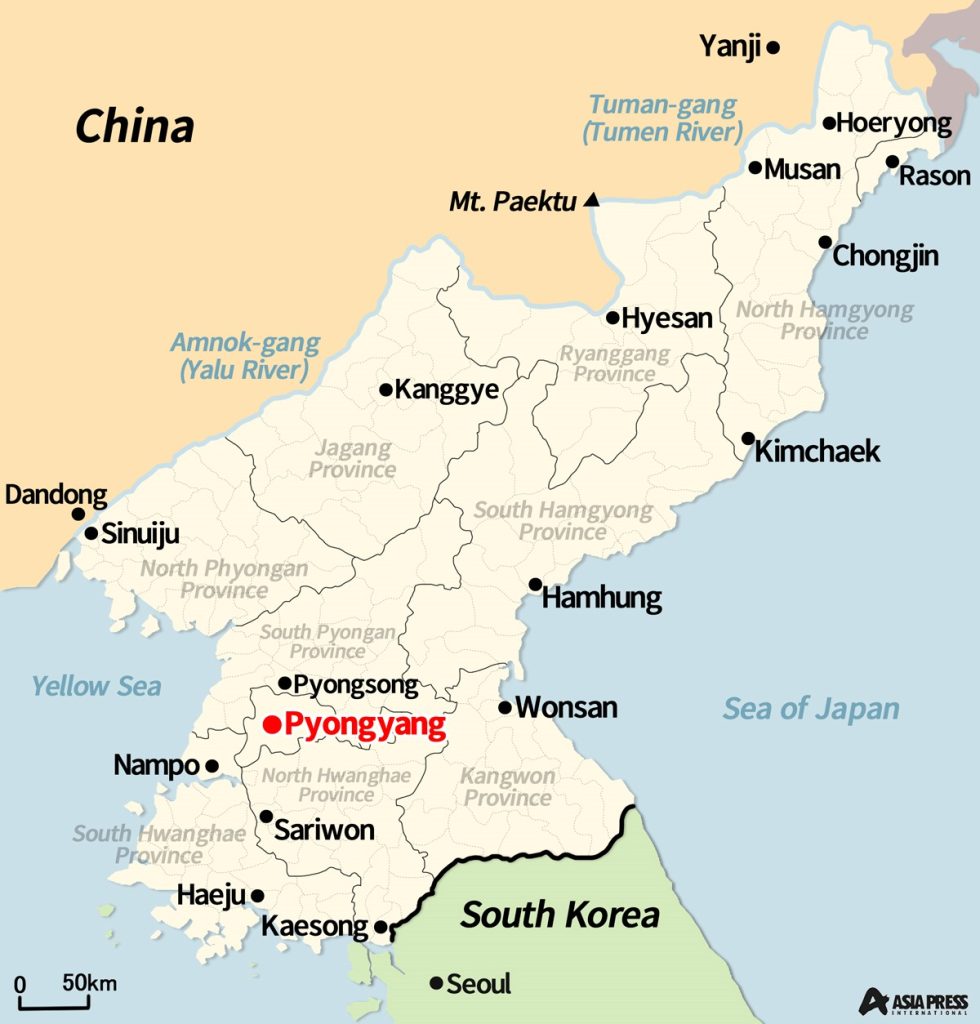
- <Inside N. Korea> Regime hands out rice to rural food-short households, “Pay back in the fall with 30% interest”
- <Interview from Inside N. Korea>The state of North Korea's smuggling activities, which has expanded dramatically and includes many UN sanctioned items
- <Investigation>Current living conditions of North Koreans (1) Poor infrastructure…conditions surrounding water, electricity, heating, and restrooms
- <Interview> 'Even Mattress Metal Springs Are Not Allowed' China's Unexpectedly Strict Economic Sanctions on N. Korea
- <Inside N. Korea> 'National Unified Price System' implemented on domestic products...Stores are given booklet showing prices in new system… Government aims to tighten control over economy
